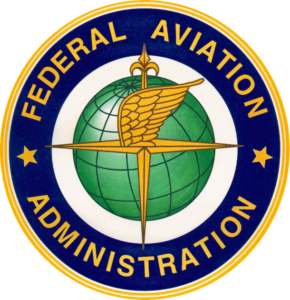In a move that may clear the way for more drone-delivery projects, the FAA this week released a proposal to certify some drones as a “special class” of aircraft.
The notice of policy will allow the FAA flexibility to create new types of certificates based on specific functions as drone tech evolves. The agency would be able to approve special designs to unmanned aircraft in situations not addressed by current regulations. The policy specifically acknowledges the growth of drone delivery as an example.
“The FAA’s rulemaking on small UAS was only the first step in the FAA’s plan to integrate UAS into the NAS. Many long-term activities are required for full integration of present and future UAS operations, including the delivery of packages and transportation of people. The UAS affected by this policy will include those used for package delivery. Future FAA activity, through either further policy or rulemaking, will address type certification for UAS carrying occupants.”
The policy reflects the FAAs gradual acceptance of drone technology as a vital component of the domestic airspace. Over the past three years, the agency has partnered with UAS companies to address the need for a robust unmanned traffic management system that integrates unmanned and manned air operations.
The new plan will create opportunity for several companies looking to establish commercial drone delivery, including Amazon, UPS, Alphabet Wing and Uber.
The FAA will accept comments on the latest policy until March 4. So far, public reaction has been mixed on the FAA’s comment page:
“There needs to be fewer restrictions [for public-safety/emergency drones]. As responders, it’s our job for public safety. There are too many hoops to go through … The use of drones saves a lot of time and resources and manpower. I ask that the type of certification for UAS be a much easier process for emergency management/public agencies … Since UAV been used in public safety, I’ve yet to see an issue by them or a public safety concern.”
“From a system perspective, the FAA needs to assimilate a top-down approach into their airworthiness mythology. The establishment of a “special class” for many unmanned aircraft systems is absolutely necessary for this evolution to occur; the question is what happens next?”
“I believe that the greatest danger is human to blade interaction, with open propulsion systems. Across the national airspace, below 400 feet, package delivery UAS have a MUCH greater chance of human-UAS contact. I believe all package delivery UAS type certificates must enclose and/or protect the props, electric ducted fans, jet engines or any other means of propulsion from human contact. Failure to do so will eventually create cutting, maiming or death to humans, as UAS proliferate, leading to extremely delicate litigation and loss of public support.”
Jason is a longstanding contributor to DroneLife with an avid interest in all things tech. He focuses on anti-drone technologies and the public safety sector; police, fire, and search and rescue.
Beginning his career as a journalist in 1996, Jason has since written and edited thousands of engaging news articles, blog posts, press releases and online content.
Email Jason
TWITTER:@JasonPReagan
Subscribe to DroneLife here.
https://dronelife.com/2020/02/06/faa-policy-could-redefine-drone-classifications/
 Unmanned Aerial Vehicle The latest drone news
Unmanned Aerial Vehicle The latest drone news





